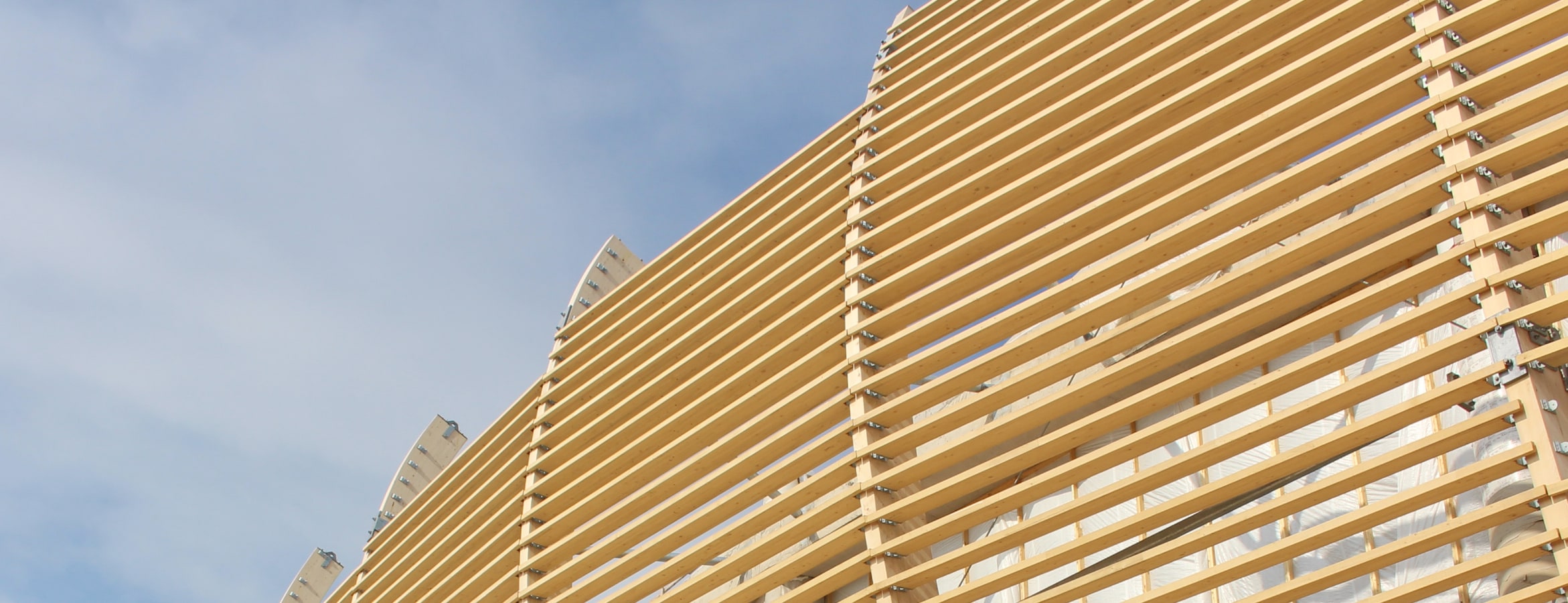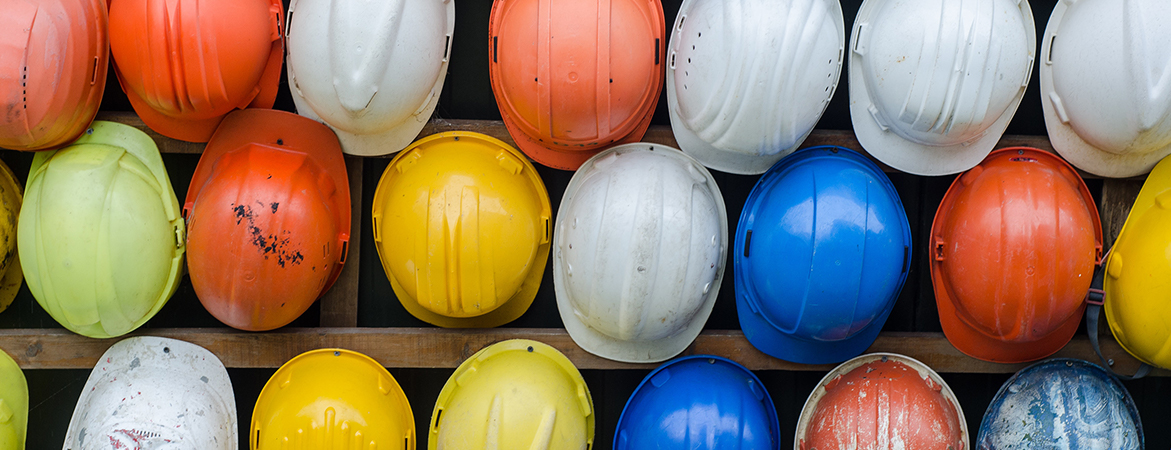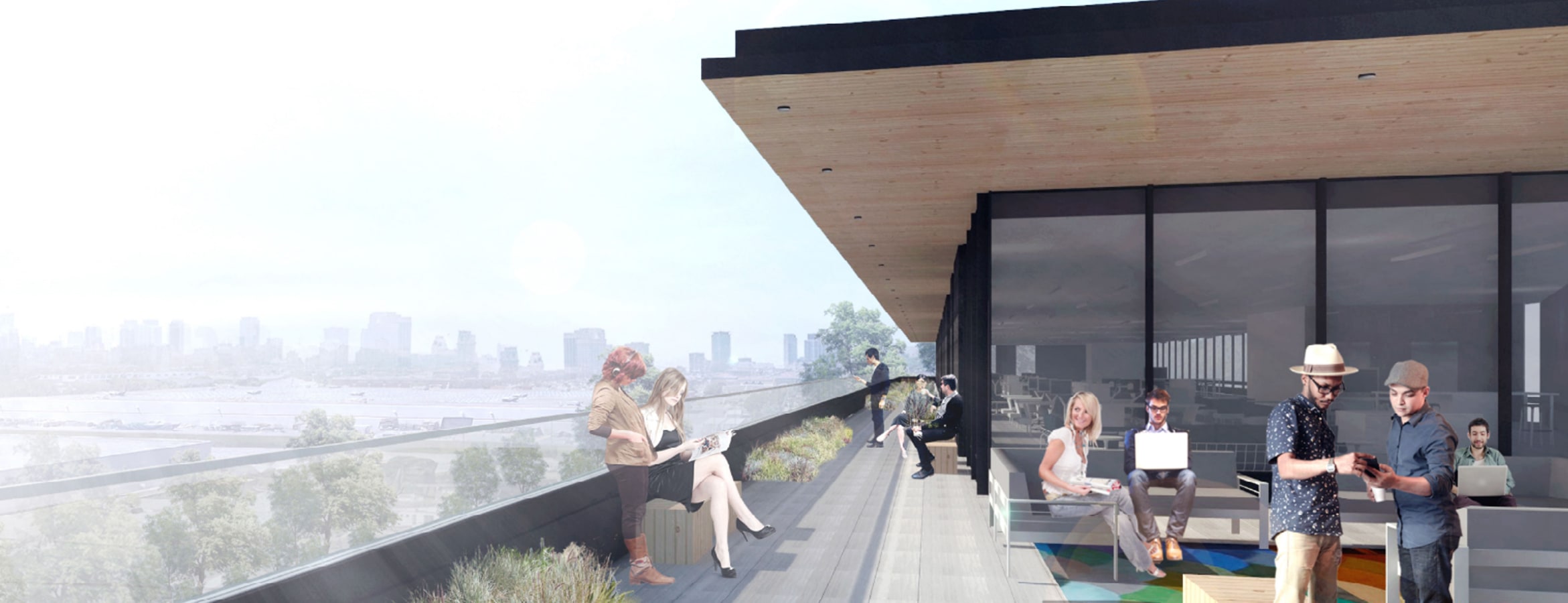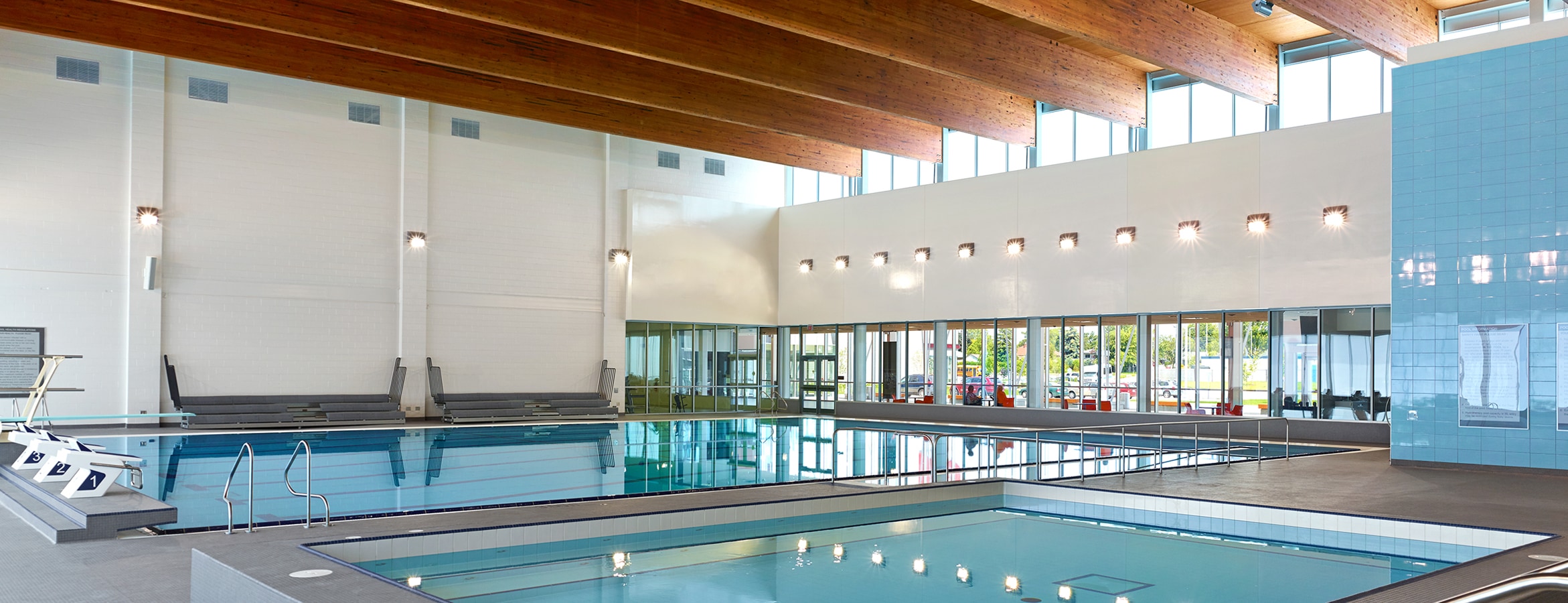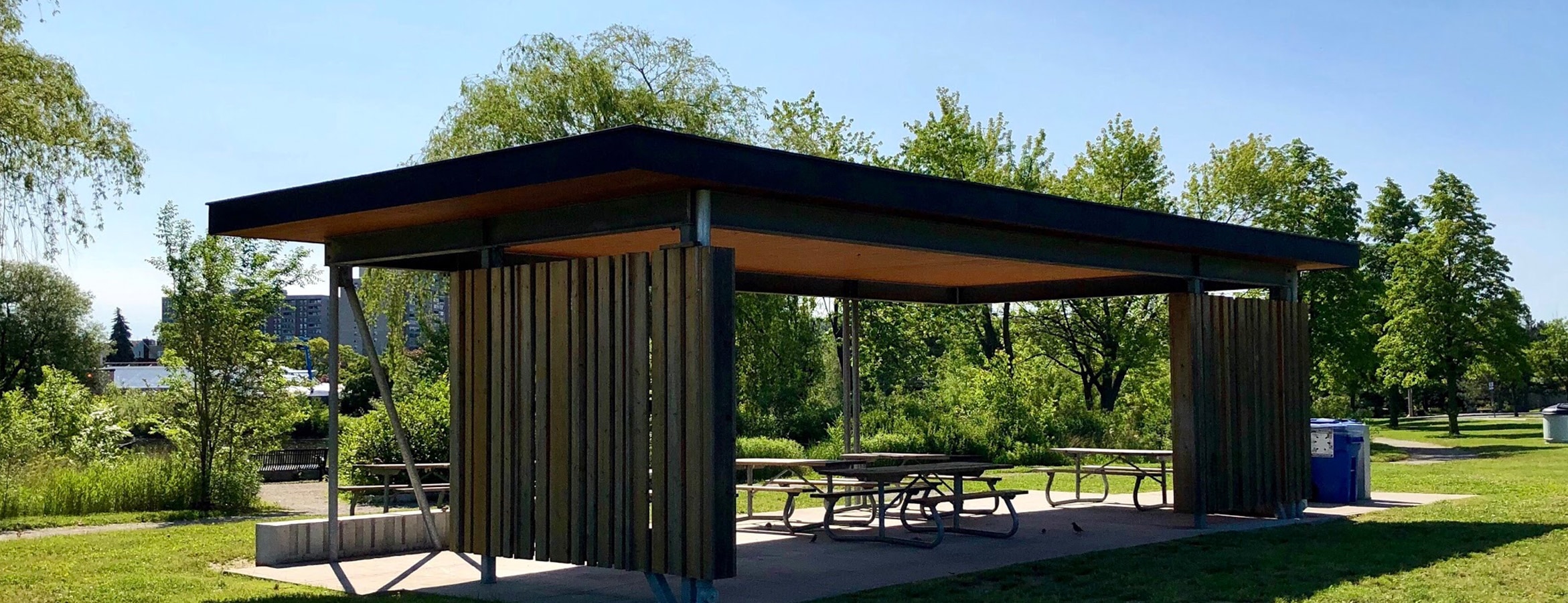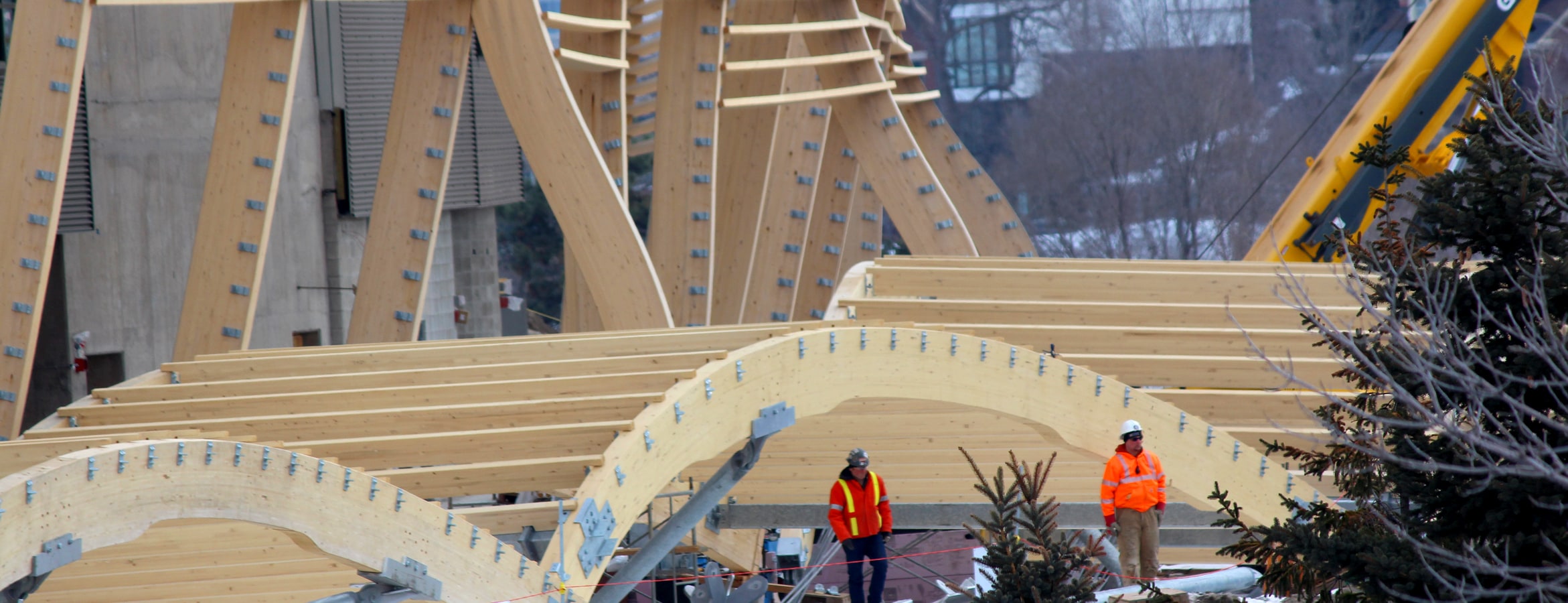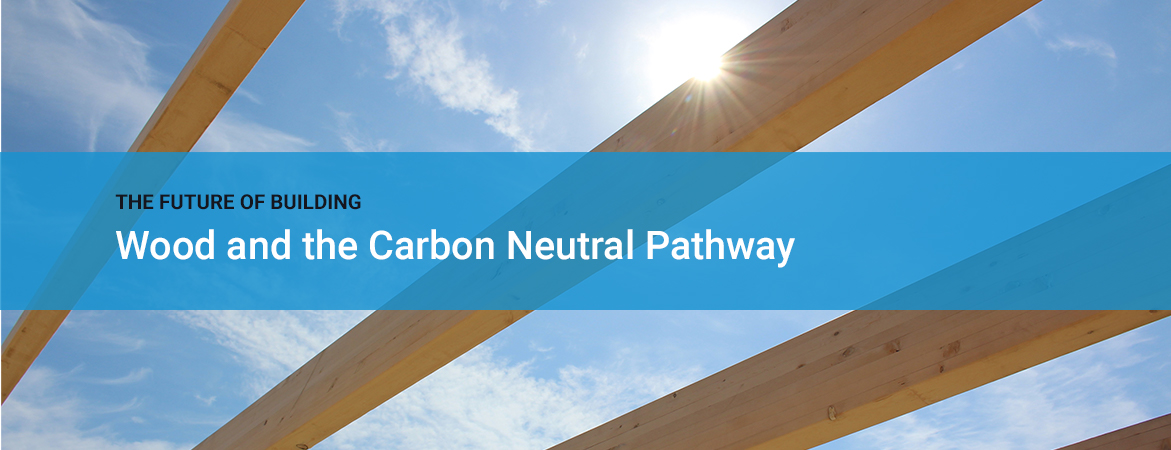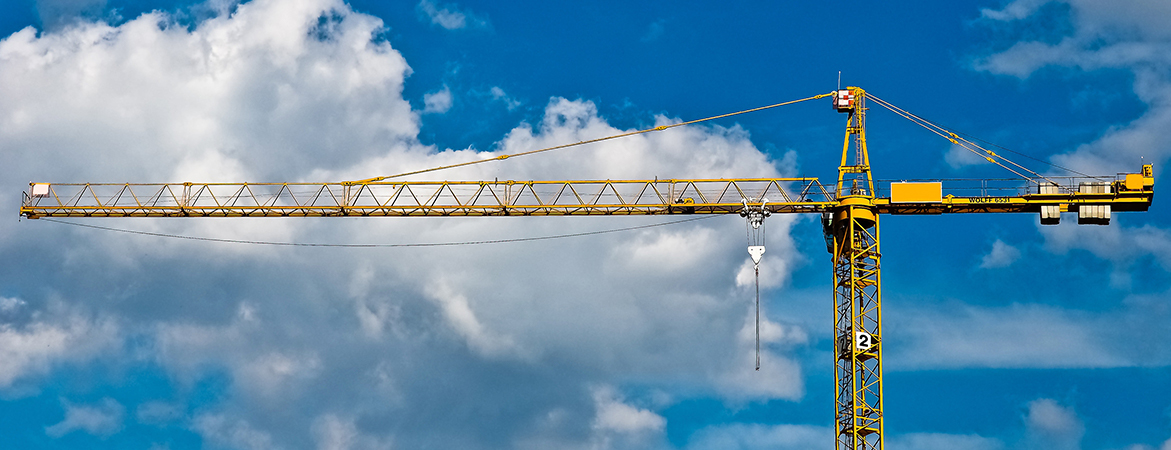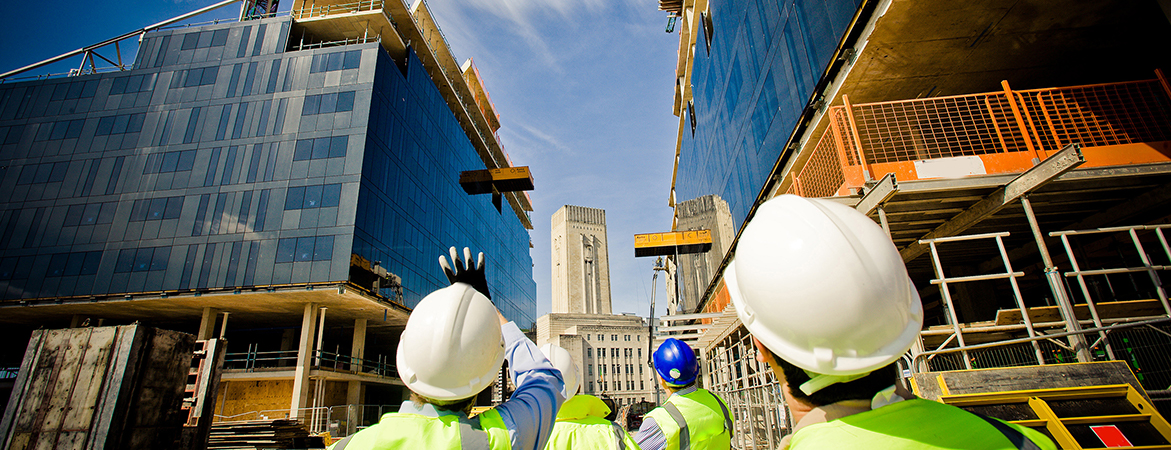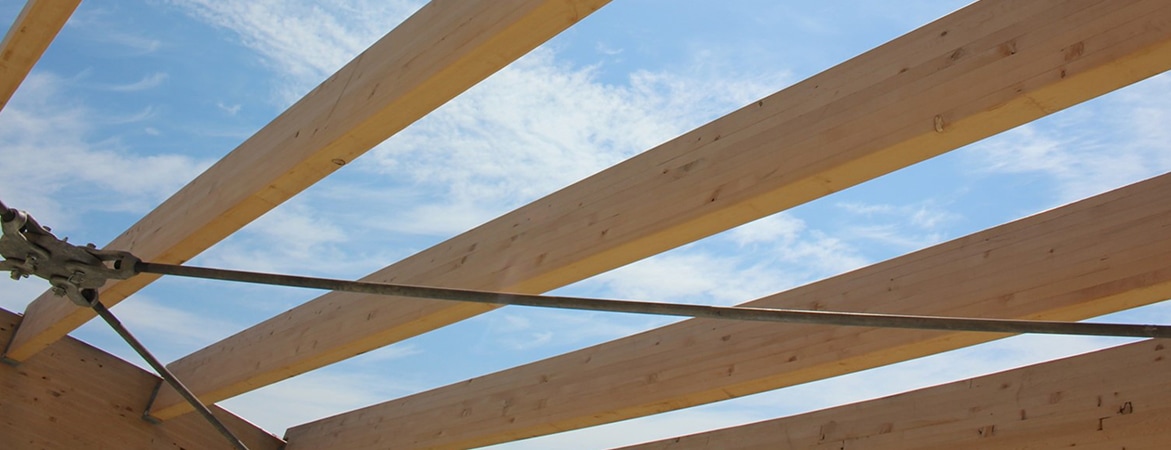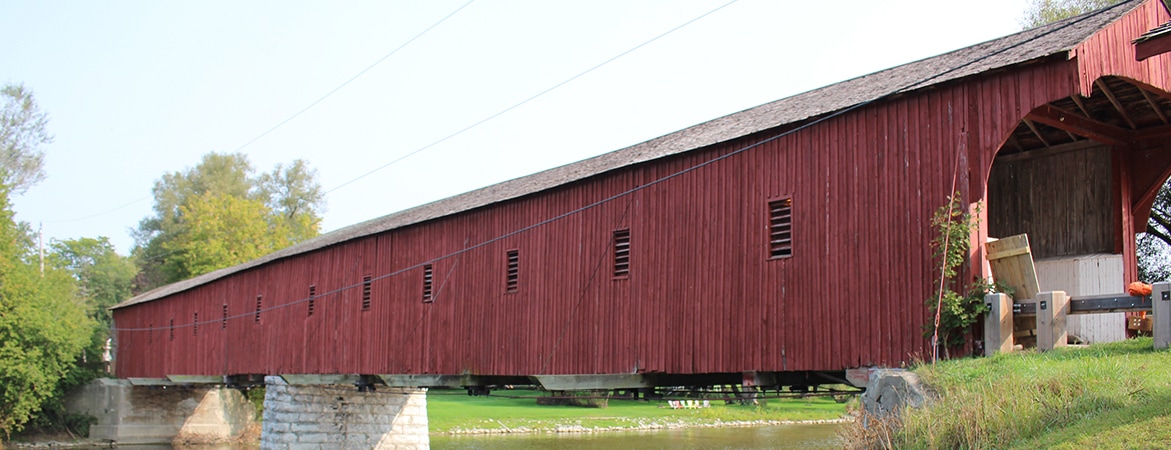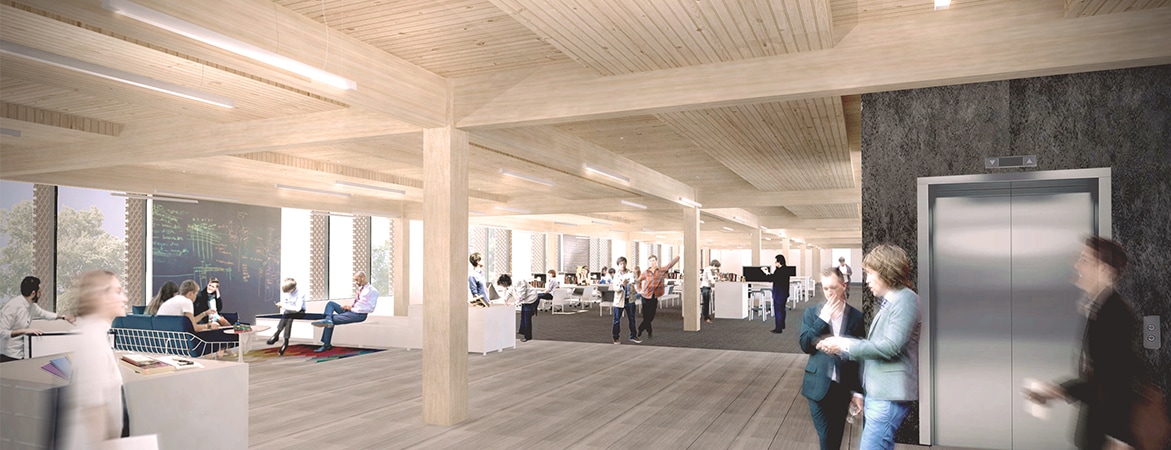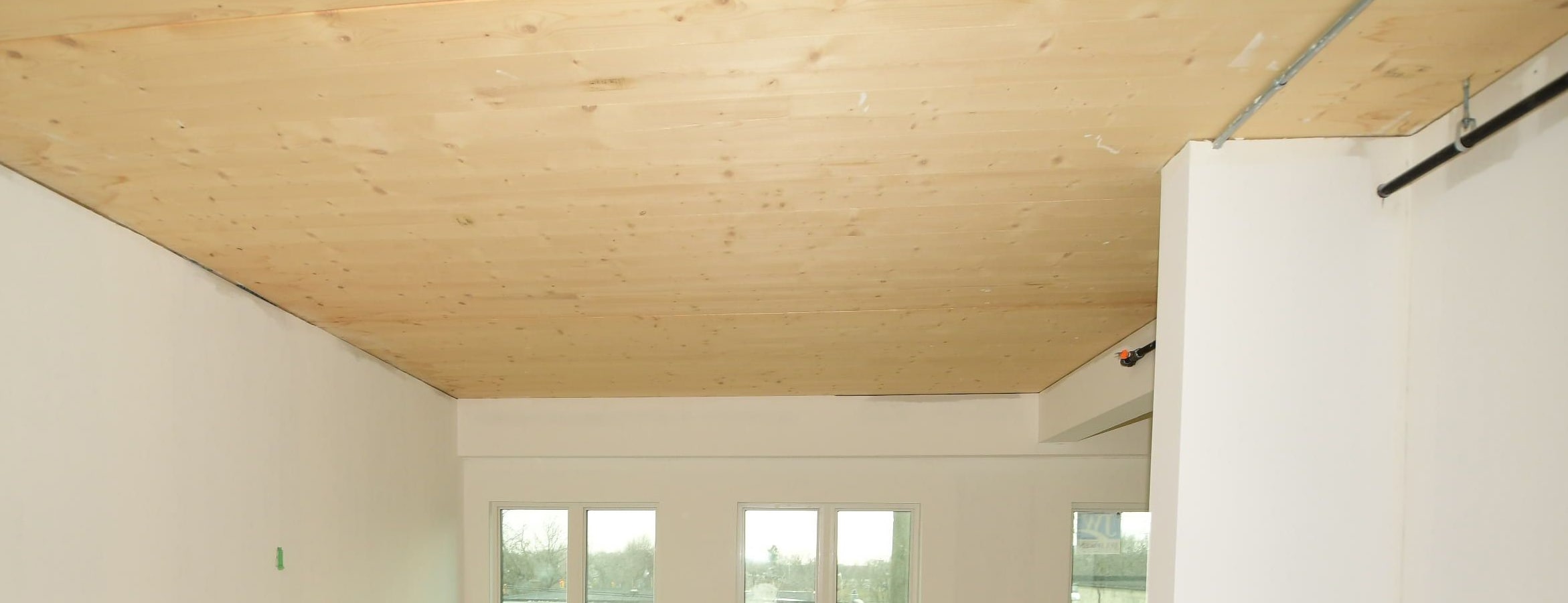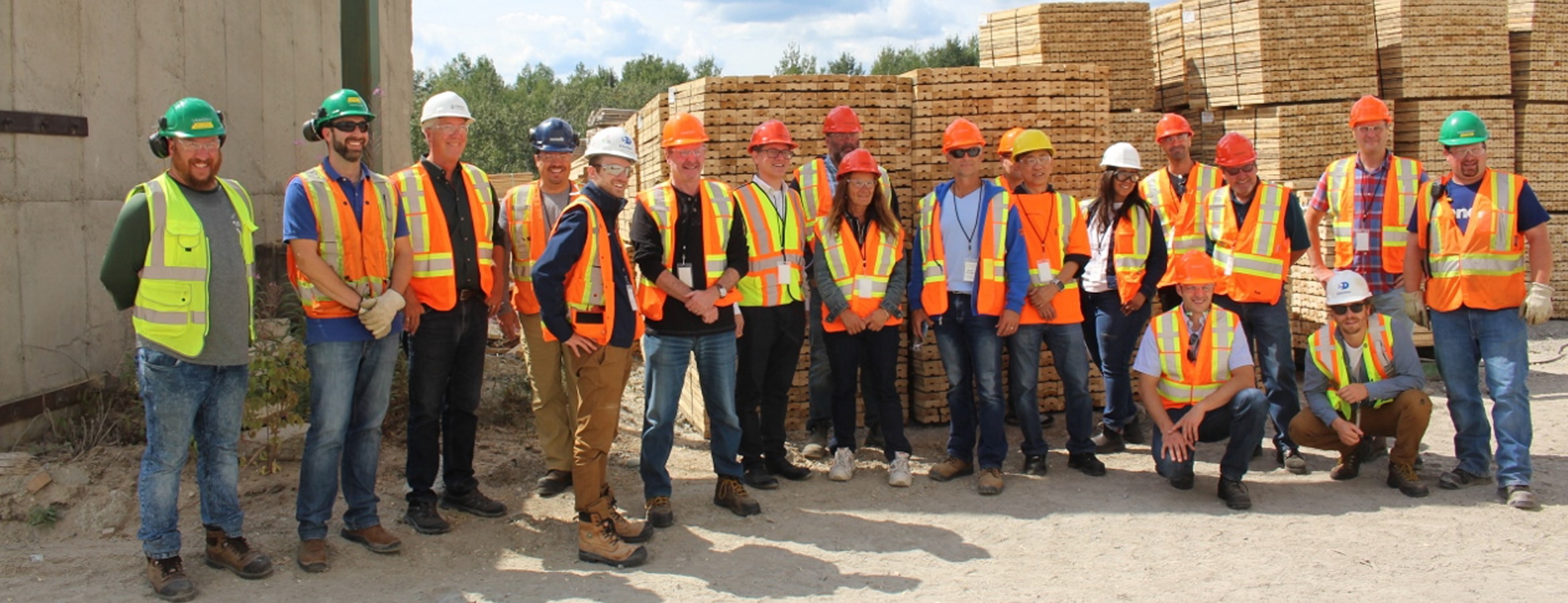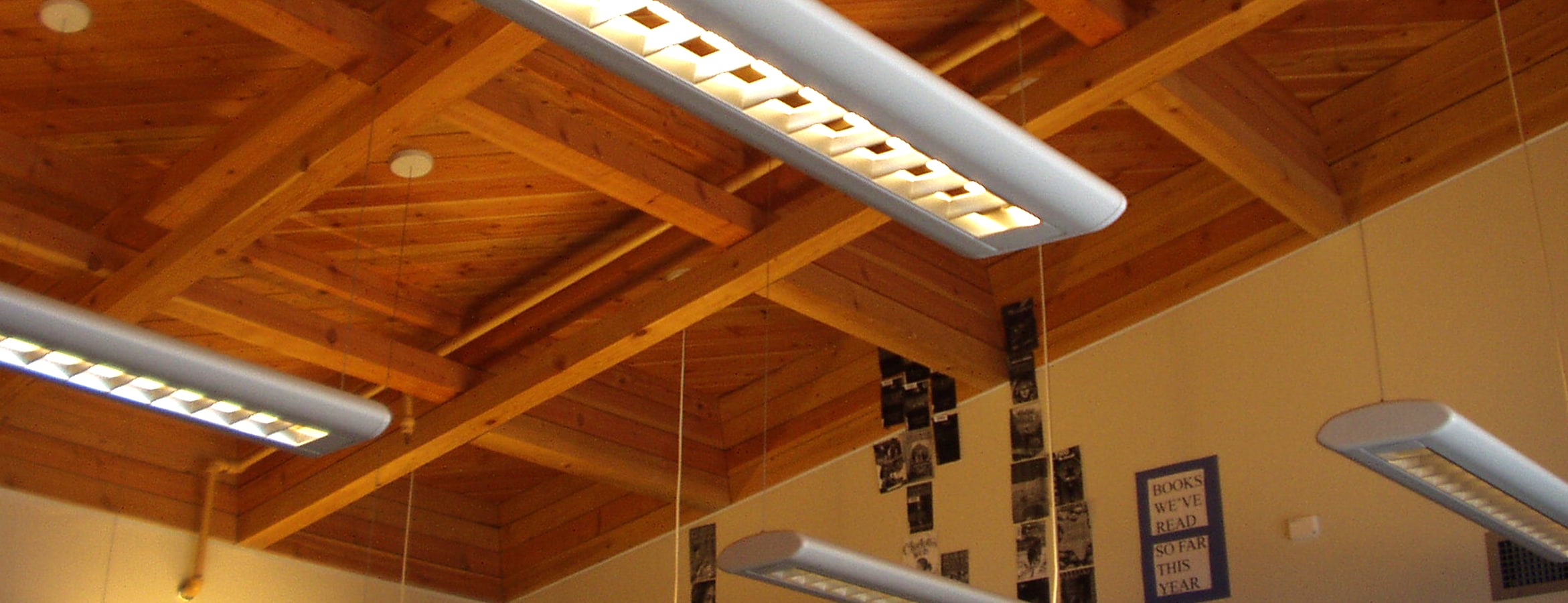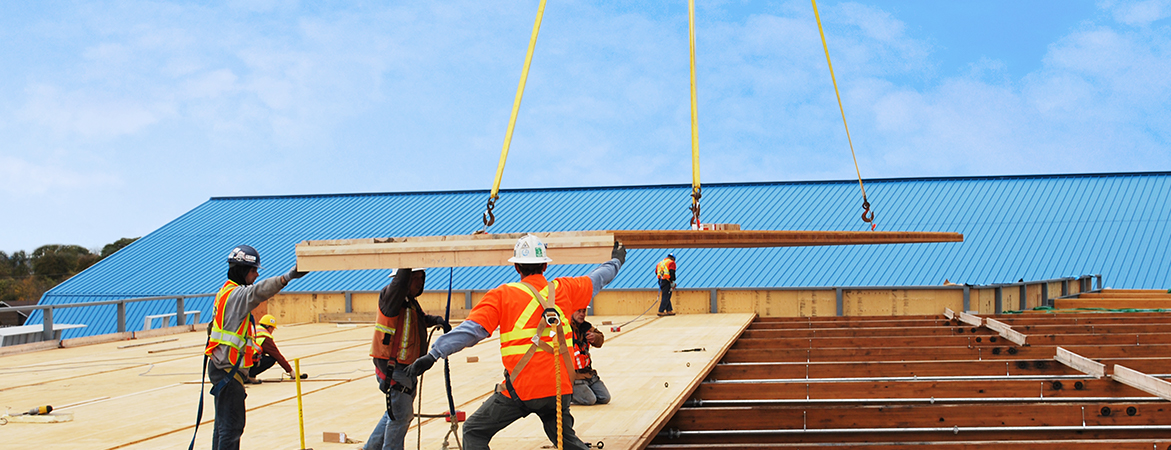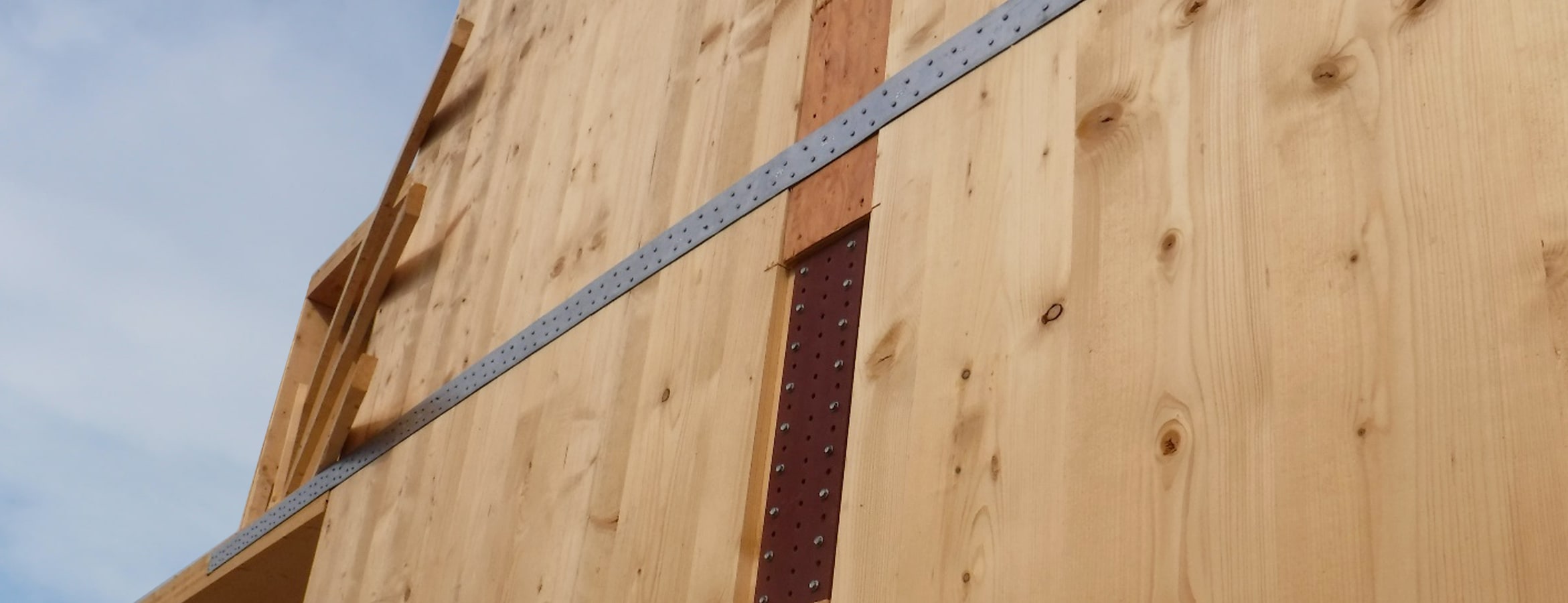What is this wood movement?
Some like to think of the 21st century as the wood movement in construction, but that’s not what this article is about. This is about the wood movement on a much smaller scale. Wood is a hydroscopic material and without getting too technical, simply put, wood shrinks and swells with the change of its moisture content. As its moisture content reduces, wood shrinks in size, and as its moisture content increases, it swells. Wood shrinkage and swelling is a movement unique to wood.
Are there ways to reduce wood movement?
YES! Wood movement cannot be eliminated completely, but there are ways to minimize it.
- Avoid long exposure time to moisture during construction.
- Use kiln-dried materials (have less initial moisture content when it arrives on-site).
- Use engineered wood products (have a lower initial moisture content compared to non-engineered wood).
- Reduce height of wood used in the perpendicular to grain orientation (wood is an anisotropic material which means shrinkage and swelling are more prominent in the perpendicular to grain orientation compared to the parallel to grain orientation).
When and where is it most important to consider wood movement?
- During construction – longer exposure to site moisture results in higher moisture content in wood.
- Buildings over three stories in height – wood shrinkage and swelling occur in all wood construction. It still needs to be considered for buildings three stories or less, but the taller the building, the more significant the effect.
- Stair and elevator shafts constructed of non-combustible materials – the wood building surrounding the concrete/masonry/steel stair and elevator shaft walls will shrink, but the shafts will not. This is differential shrinkage.
- Buildings with brick veneer at door and window openings – the wood structure supporting the brick will shrink, but the brick veneer will not (it will actually expand).
- Steel framed balconies – again, this is a differential shrinkage concern the wood structure will shrink, but the exterior steel balcony will not.
How to can this be accommodated?
- During construction – keep wood protected and only uncover the wood when conditions are dry.
- Know what the anticipated shrinkage will be on the building to allow for building tolerances.
- Non-combustible stair and elevator shafts – make the shafts independent from the building and provide a wood wall around to uniformly shrinkage with the building. Account for landing and opening heights to match the anticipated shrinkage. Re-calibrate elevator stops at the end of construction.
- Brick veneer – use slotted brick ties to accommodate the shrinkage.
- Steel framed balconies – build the balconies shorter and with an increased slope away from the building, so when the wood structure shrinks, the balcony slope is at the required slope.
